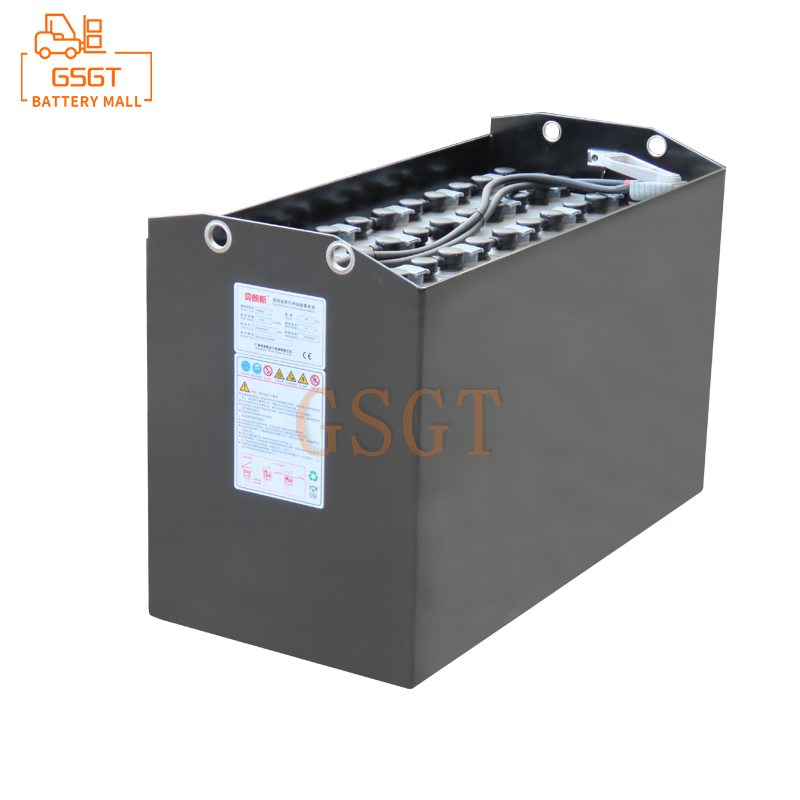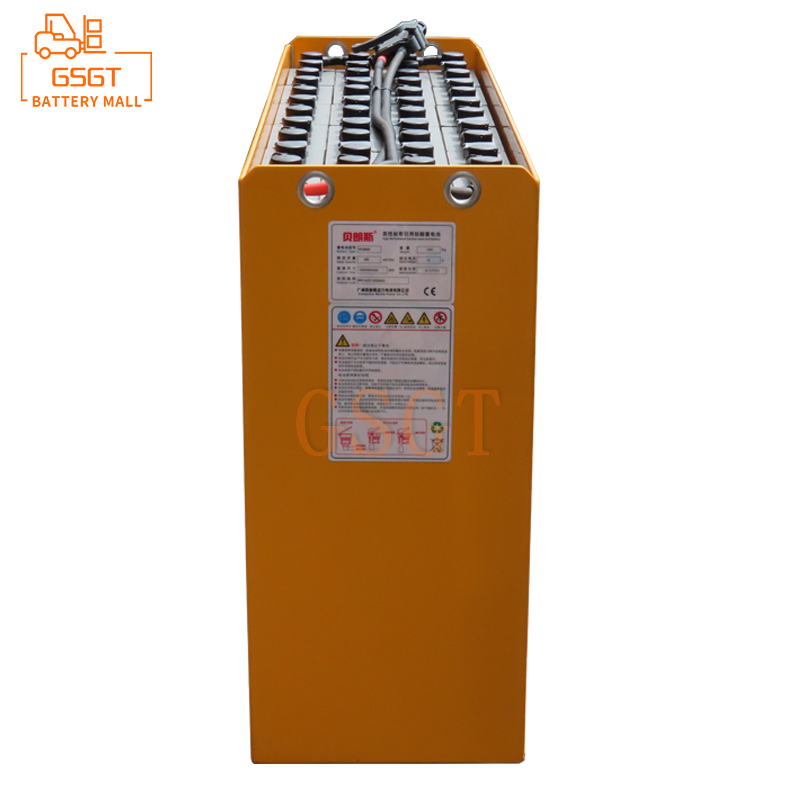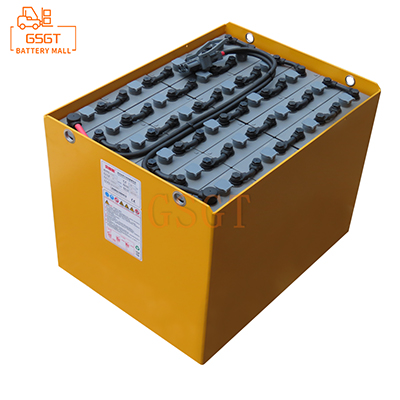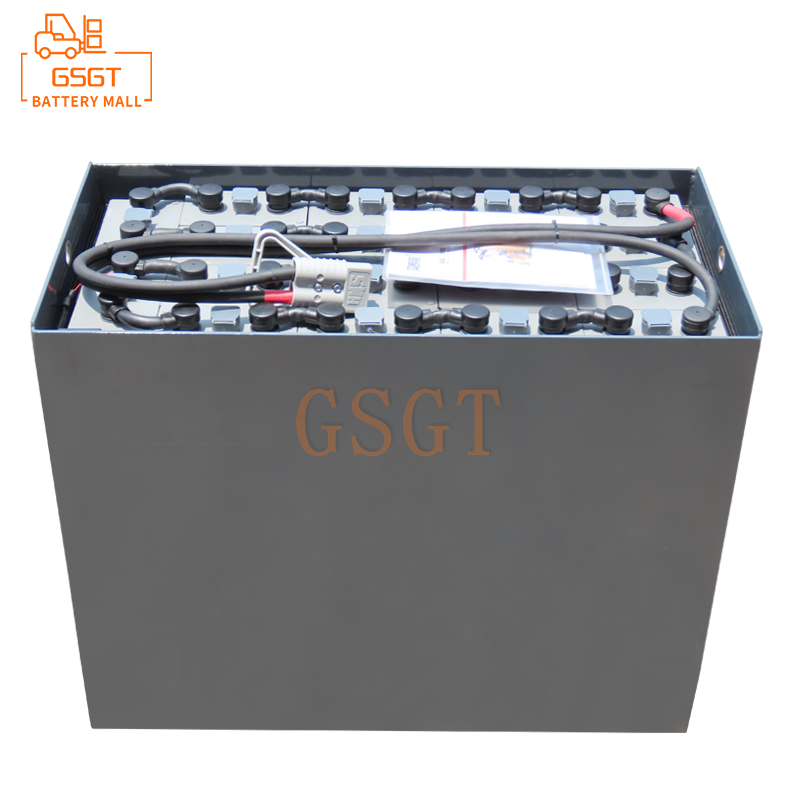Time:2025-03-14 11:32:29
Browse:205
In the surging tide of new energy, all kinds of new battery technologies continue to spring up, lithium family with high energy density, long cycle life and other advantages in the market shine, scenery, hydropower, photovoltaic and other renewable energy is also in the energy transformation of the track. In this strong flood of change, seemingly traditional and old lead-acid batteries have not been easily left behind by the wheel of The Times, but actively explore the way to break the "old bottle" with "new wine", and strive to win a place in the new energy era.
Lead-acid batteries can be called the "elder statesman" of the battery industry, and its invention history can be traced back to the 1850s. After more than 100 years of development, it has been firmly rooted in many fields by virtue of its unique advantages such as low cost, mature technology and excellent high current discharge performance. In the field of automotive start batteries, lead-acid batteries have long dominated, providing a strong current for the vehicle to start at the moment, helping the engine to start smoothly. In the electric bicycle market, lead-acid batteries were also the mainstream power source, allowing ordinary consumers to easily achieve green travel at a price close to the people. In the field of communication base stations, lead-acid batteries are used as a reliable backup power supply to ensure the normal operation of communication equipment and maintain the unimpeded transmission of information when the mains power is interrupted.
However, with the continuous improvement of battery performance requirements in the new energy era, the shortcomings of lead-acid batteries are also becoming increasingly prominent. Its relatively low energy density means that the same weight or volume, the storage of electricity is limited, which directly limits the range of the carrying device. In today's booming development of electric vehicles, endurance anxiety has become a major concern for consumers when buying cars, and lead-acid batteries are obviously difficult to meet the needs of electric vehicles for long distances. Moreover, the cycle life of the lead-acid battery is short, after hundreds of charge and discharge cycles, its capacity will be significantly attenuated, frequent replacement of the battery not only increases the cost of use, but also brings problems such as resource waste and environmental pollution. In addition, its charging speed is slow, and it often takes several hours to fully charge, which is an even more prominent disadvantage in the fast-paced modern life.
In the face of numerous challenges, researchers and industry practitioners have not given up the "veteran" of lead-acid batteries, but have made efforts from multiple dimensions to inject new vitality into them. In terms of material innovation, the development of new lead alloy materials has become a key breakthrough. The traditional lead plate is easy to corrode, which affects the battery life, while the new lead alloy significantly improves the corrosion resistance of the lead plate by adding specific trace elements, such as calcium, tin, silver, etc., and extends the service life of the battery. In some newly developed lead-acid batteries, the use of high-purity lead-calcium alloy plates, so that the battery cycle life from the previous few times to increase more times, greatly reducing the frequency of replacement. At the same time, the electrolyte was optimized, new additives were used to improve its ion conductivity and reduce the internal resistance of the battery, so as to improve the charging and discharging efficiency and energy density of the battery.
In addition to material innovation, the improvement of production processes has also brought new opportunities for lead-acid batteries. In the past production process, the plate manufacturing process is relatively extensive, resulting in uneven distribution of active substances on the plate, affecting the consistency of battery performance. Today, through the use of advanced automated production equipment and fine processes, such as continuous plate casting and rolling process, it is possible to precisely control the thickness of the plate and the amount of active material coating, so that each plate quality is more stable and the performance is more consistent. In the battery assembly process, an intelligent assembly system is introduced to strictly control the assembly accuracy, reduce the internal contact resistance of the battery, and further improve the overall performance and reliability of the battery. Taking a well-known battery enterprise as an example, through process upgrading, the defective rate of lead-acid battery products produced by it has been reduced from the original 5% to less than 1%, and the stability of product performance has been greatly improved.
In terms of application expansion, lead-acid batteries cleverly avoid the direct competition with lithium batteries in the field of long-life electric vehicles, and instead focus on the market segments with high cost and safety requirements, and relatively low energy density and battery life requirements. In the field of low-speed electric vehicles, such as short-distance distribution vehicles in cities, sightseeing buses, etc., lead-acid batteries have become an ideal choice with their cost advantages. A short-distance distribution vehicle equipped with lead-acid batteries can reduce the acquisition cost by 30%-40% compared with lithium-ion models, which is very attractive for logistics companies with sensitive operating costs. In the field of energy storage, especially in distributed photovoltaic energy storage systems, lead-acid batteries have also found new uses. Its high safety and low cost characteristics meet the needs of households and small industrial and commercial users for energy storage equipment. When the light is sufficient during the day, the photovoltaic power generation system stores excess energy in the lead-acid battery, and then releases it at night or on cloudy days for users to use, effectively realizing the peak-filling of electric energy and reducing the cost of electricity.
In addition, the lead-acid battery industry is also actively embracing digital technology and achieving a "magnificent turn" by introducing intelligent battery management systems (BMS). BMS is like the "smart brain" of the battery, real-time monitoring of the battery's voltage, current, temperature and other key parameters, and accurate calculation of the battery's remaining power and health status (SOH). Once the battery is overcharged, overdischarged, overheated and other abnormal situations, BMS can quickly respond to adjust the charge and discharge strategy to avoid battery damage and extend battery life. Users can view the battery status anytime and anywhere through mobile phone APP or computer software to achieve remote monitoring and management. This intelligent upgrade not only improves the user experience, but also opens the door for the application of lead-acid batteries in emerging fields such as smart grids and the Internet of Things.
Although lead-acid batteries have made certain achievements in technological innovation and application expansion, they still face many challenges to achieve sustained breakdowns in the new energy era. On the one hand, the market cognitive bias is more difficult to reverse, some consumers and enterprises are affected by the concept of "lead-acid battery backward", and directly exclude it in product selection, resulting in limited expansion of lead-acid battery market share. On the other hand, there are many small and medium-sized enterprises in the industry, the research and development investment capacity is limited, the transformation speed of technological innovation achievements is slow, and it is difficult to form a strong market competitiveness. Moreover, with the increasingly stringent environmental standards, the environmental pressure in the process of lead-acid battery production and recycling is increasing, how to continue to move forward on the road of green development is also an urgent problem for the industry to solve.
In the fierce competition in the new energy era, lead-acid batteries are struggling to break the game with material innovation, process improvement, application expansion and digital transformation. Although the road ahead is fraught with thorns, but with a deep technical accumulation, a broad market base and the courage to continue to innovate, lead-acid batteries are expected to hold a world in the diversified pattern of new energy, achieve old trees grow new buds, and continue to write their own brilliant chapter.

$2450

$3810

$3405

$2140

MESSAGE
Professional And Efficient
Security
Affordable Price
Professional Services